Amputation
Introduction
Amputatio – Latin noun from verb Amputare
Amputare– to cut off or cut away, derived from
Amputation is the removal of a limb by trauma, medical illness, or surgery. As a surgical measure, it is used to control pain or a disease process in the affected limb, such as malignancy or gangrene. In some cases, it is carried out on individuals as a preventive surgery for such problems. A special case is that of congenital amputation, a congenital disorder
Definition
Amputation : Amputation is surgery to remove all or part of a body part, usually a limb (an arm or leg).
The end goal of amputation is to remove unhealthy tissue and create a working limb that has less pain and more function.
Disarticulation : Disarticulation is removing the limb through a joint.
Incidence
- Age – Common in 50 – 70 year
- Gender –
- Male – 75%
- Female – 25%
- Limbs –
- Lower limbs 85%
- Upper limbs – 15%
Causes
Circulatory disorders
- Diabetic vasculopathy
- Sepsis with peripheral necrosis
- Peripheral artery disease which can lead to Gangrene
Neoplasm
Transfemoral amputation due to liposarcoma
- Cancerous bone or soft tissue tumors (e.g. osteosarcoma, chondrosarcoma, fibrosarcoma, epithelioid sarcoma, Ewing’s sarcoma, synovial sarcoma, sacrococcygeal teratoma, liposarcoma), melanoma
Trauma
Three fingers from a soldier’s right hand were traumatically amputated during World War I.
- Severe limb injuries in which the limb cannot be saved or efforts to save the limb fail.
- Traumatic amputation (an unexpected amputation that occurs at the scene of an accident, where the limb is partially or entirely severed as a direct result of the accident, for example, a finger that is severed from the blade of a table saw)
- Amputation in utero (Amniotic band)
Congenital anomalies
- Deformities of digits and/or limbs (e.g., proximal femoral focal deficiency, Fibular hemimelia)
- Extra digits and/or limbs (e.g., polydactyly)
Infection
- Bone infection (osteomyelitis) and/or diabetic foot infections
- Gangrene
- Trench foot
- Necrosis
- Necrotizing fasciitis
- Gas gangrene
- Sepsis
Frostbite
- Frostbite, also known as frostnip, happens when the individual’s skin is exposed to cold weather for too long. The fluid in the pale skin solidifies, creating ice crystals, leading to swelling and severe pain.
Athletic performance
Sometimes professional athletes may choose to have a non-essential digit amputated to relieve chronic pain and impaired performance.
Types
Leg
Types of lower limb amputations include:

- partial foot amputation – amputation of the lower limb distal to the ankle joint
- ankle disarticulation –amputation of the lower limb at the ankle joint
- trans-tibial amputation –amputation of the lower limb between the knee joint and the ankle joint, commonly referred to as a below-knee amputation
- knee disarticulation – amputation of the lower limb at the knee joint
- trans-femoral amputation – amputation of the lower limb between the hip joint and the knee joint, commonly referred to an above-knee amputation
- hip disarticulation – amputation of the lower limb at the hip joint
- trans-pelvic disarticulation – amputation of the whole lower limb together with all or part of the pelvis, also known as a hemipelvectomy or hindquarter amputation
Arm
Types of upper extremity amputations include:
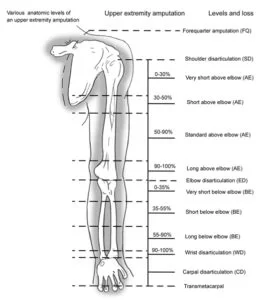
- partial hand amputation
- wrist disarticulation
- trans-radial amputation, commonly referred to as below-elbow or forearm amputation
- elbow disarticulation
- trans-humeral amputation, commonly referred to as above-elbow amputation
- shoulder disarticulation
- forequarter amputation
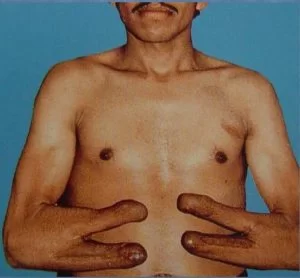
- A variant of the trans-radial amputation is the Krukenberg procedure in which the radius and ulna are used to create a stump capable of a pincer action.
Types of amputation according to surgery
1. Closed Amputation
- It is done as an elective procedure
- After amputations, the soft tissues are closed primarily over the bony stump. E.g., above the knee, below the knee
2. Open Amputation (Guillotine Operation)
- It is done as an emergency procedure. E.g. life-threatening infections
- After amputations, the wound is left open & not closed
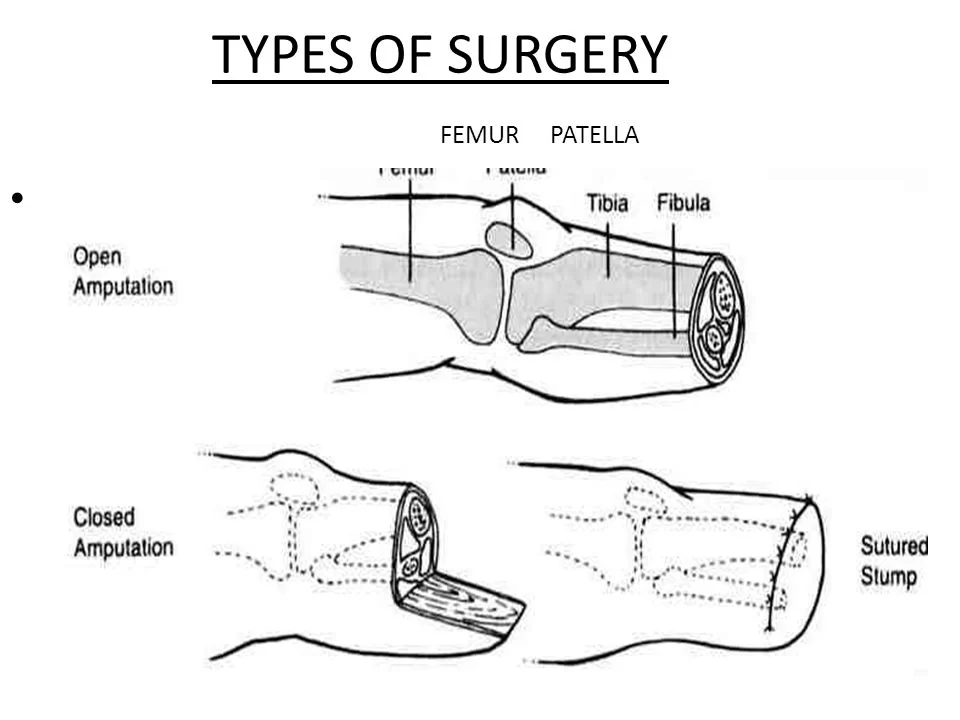
Principles of Close Amputation
- Muscle: is divided at least 5cm distal to the level of the intended bone section & sutured.
- Tourniquets: desirable except in ischemic limbs.
- Level of amputation: it is very important to fit the prosthesis.
- Skin flaps: good skin coverage is important. The skin should be mobile & sensitive.
- Methods of Muscle Suture
- Myodesis – muscle is sutured to the bone
- Myoplasty – muscle is sutured to the opposite muscle group under appropriate tension.
- Nerves: cut proximally & allowed to retract. Large nerves are ligated before division.
- Blood vessels: doubly ligated~ & cut. Then the tourniquet is released & hemostasis is completed.
- Bone: section above the level of muscle section.
- Drains: removed after 48 – 72 hours.
- Compression dressing: Either elastic or a rigid plaster dressing fitting immediately.
- Absolute bed rest with limb elevation: This is acceptable for the conventional prosthesis with adequate vascularity.
- Limb fitted: Conventional prosthesis is fitted a minimum of 8 – 12 weeks after surgery. Rigid dressing with a temporary pylon prosthesis may be elected as an alternative.
Principle of open amputation
Indication
- Severe infectio
- Severe crush injuries
Types
- Open amputation with inverted skin flaps: it is a common choice.
- Circular open amputation: the wound is kept open & closed 2* by suture, skin graft or re-amputation
The following amputation
- Rigid dressing concept (Pylon): POP cast is applied to the stump over the dressing after surgery.
- Soft dressing concept: The stump is dressed with the sterile dressing & elastocrepe bandage applied over it

Complication of amputation
- Haematomas
- Infections
- Necrosis
- Contractures

- Bone overgrowth

- Neuromas
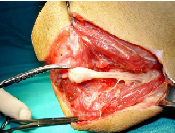
- Stump edema
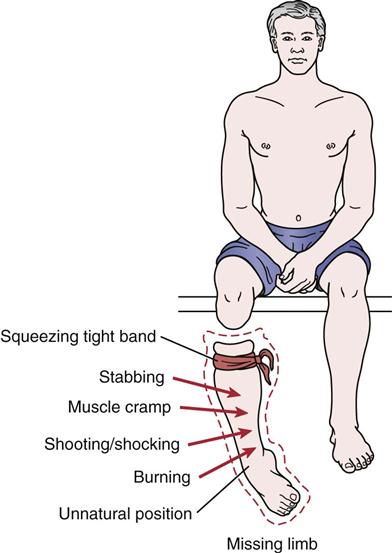
- Phantom Limbs –
Some amputees experience the phenomenon of Phantom Limbs they feel body parts that are no longer there.
Limbs can itch, ache & feel as if they are moving.
Scientists believe it has to do with a neural map that sends information to the brain about limbs regardless of their existence.
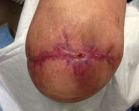
- Painful adhesive scar formation- An adherent painful scar over the surgical incision poses a problem in process of rehab. It may obstacle in fitting prosthesis. Early mobilization of the painful scar is recommended with other therapeutic modalities.

- New bone formation at the amputation sites- It has been reported that new bone formation 5 weeks after electrical burn. The stump should be closely watch for any sing & symptoms like – tenderness, warmth & swelling Such symptoms delayed fitting final prosthesis.
- Hyperesthesia of the stump: This is another annoying symptom that is difficult to control. Re-amputation results only in reproducing the symptom at a higher level.
- Stump pain
- Causalgia
Rehabilitation
Start As soon as possible
GOALS –
REDUCE EDEMA
INCREASE STRENGTH
PREVENT CONTRACTURES
MAXIMISE FUNCTIONAL INDEPENDENCE
BALANCE & COORDINATION ACTIVITIES FOR GAIT TRAINING.
WALKING AIDS
VOCATIONAL TRAINING
PAIN MANAGEMENT
PSYCHOLOGICAL EDUCATION
Other Amputation Related Post :

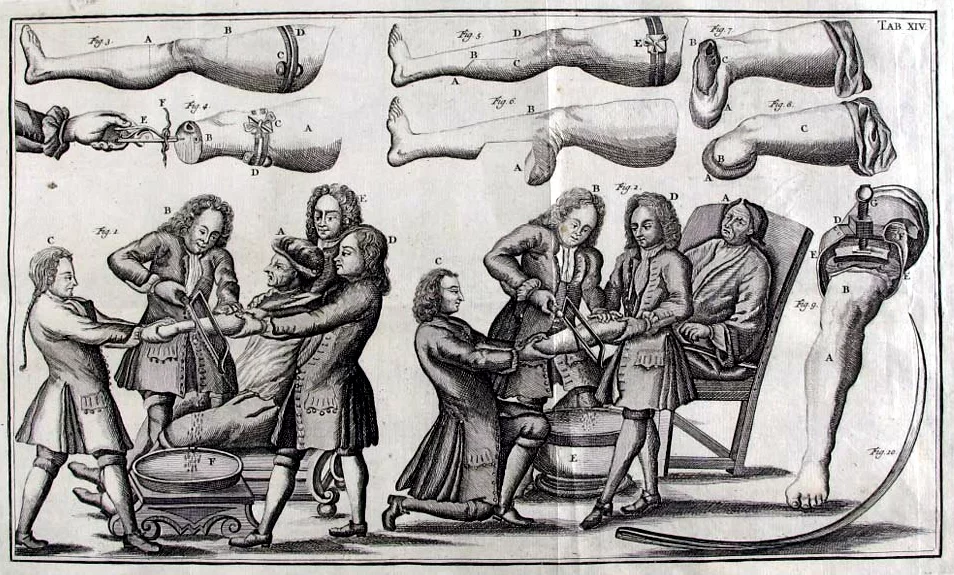
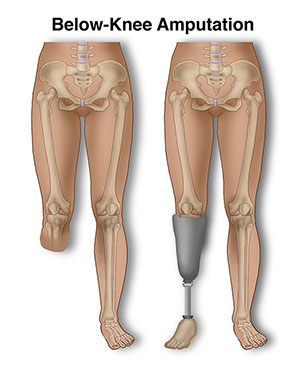
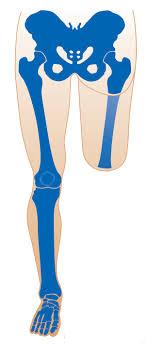
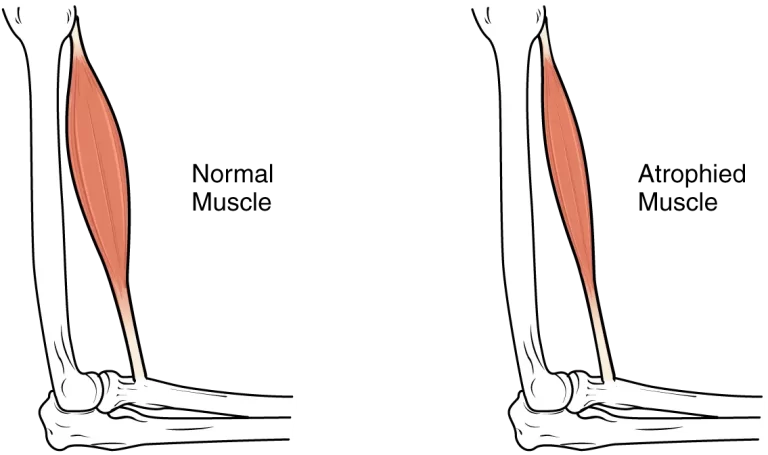
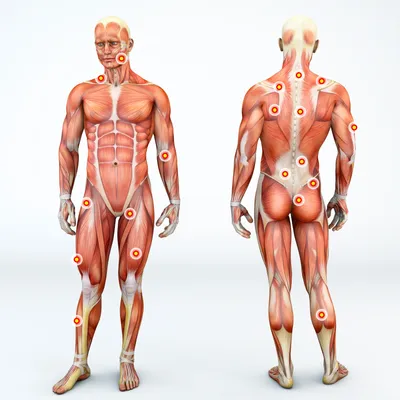
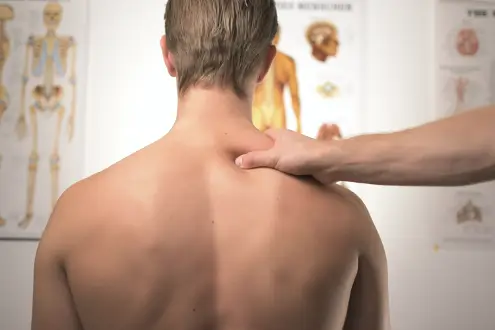
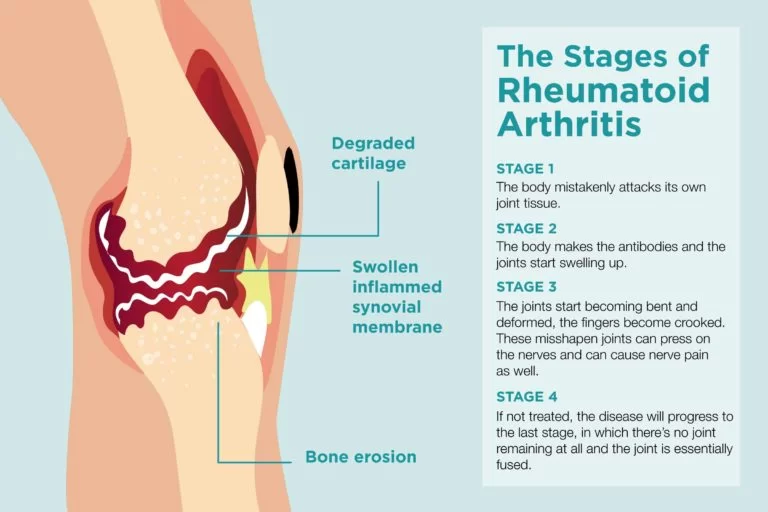
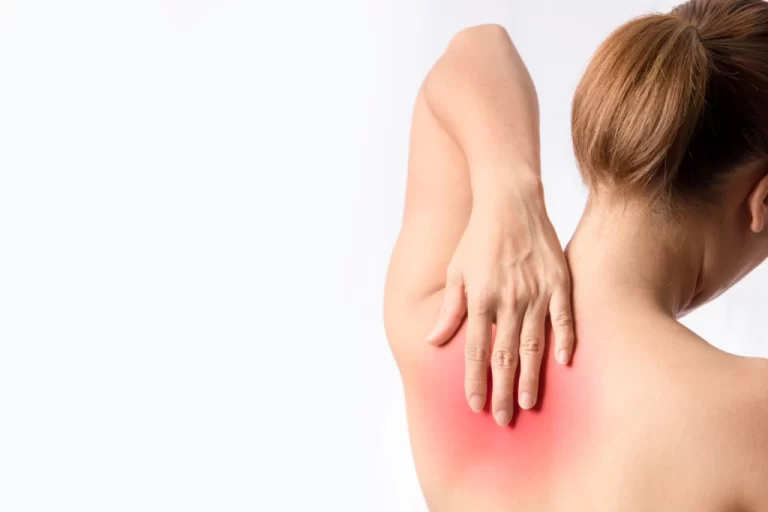
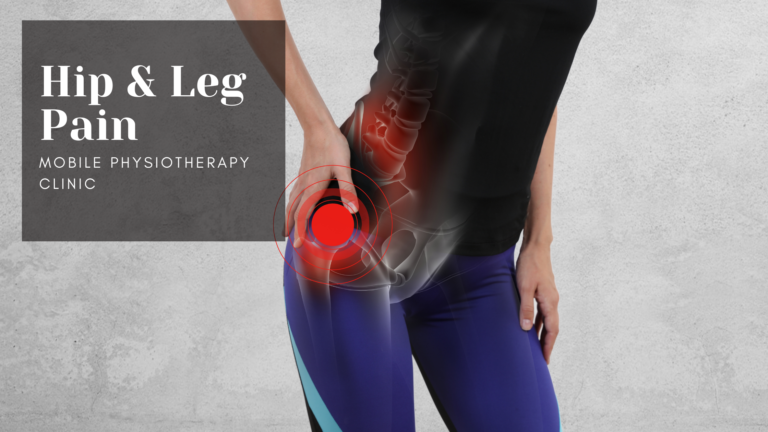
One Comment